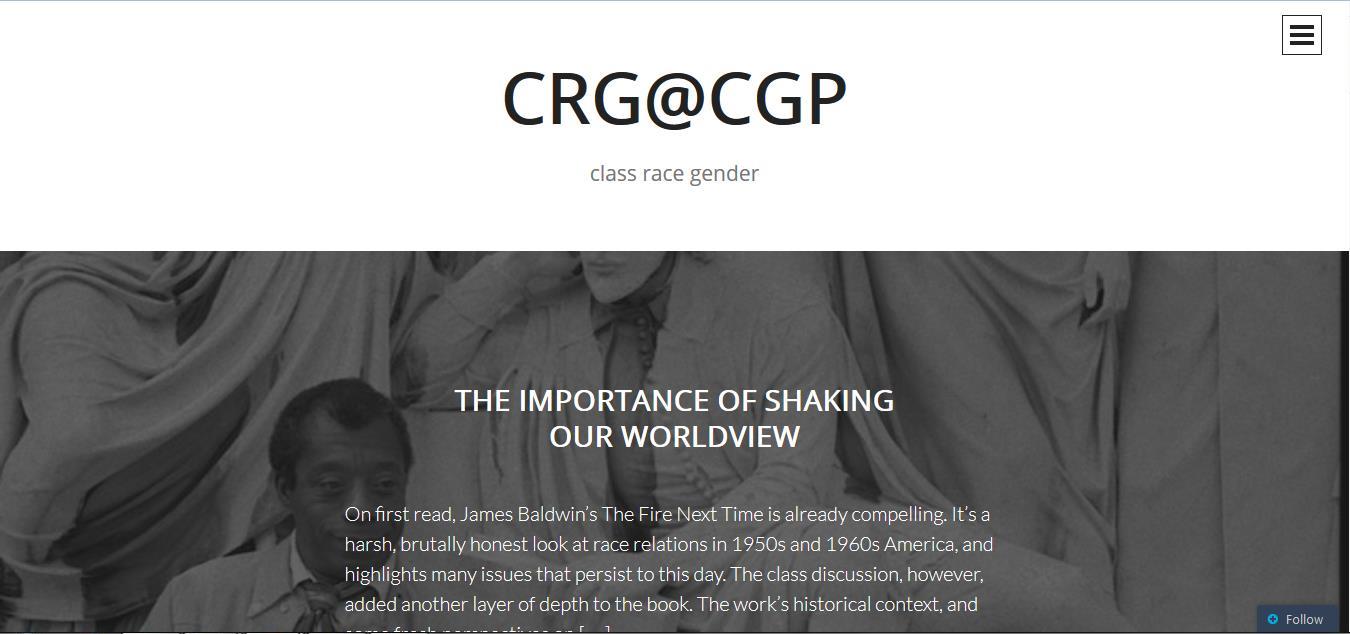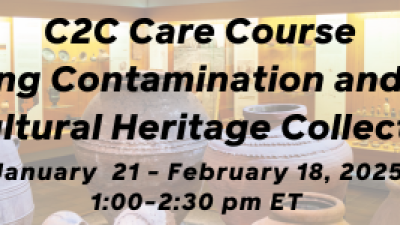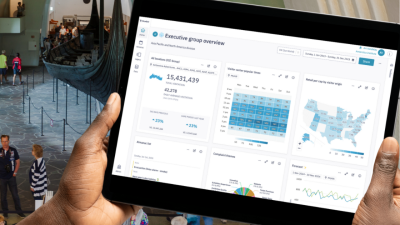
The graduates of museum studies programs are overwhelmingly white and female. If we want museums to be staffed by people who reflect the American public, we can broaden our search beyond museum studies program, and we can encourage traditional graduate programs to recruit diverse students. Today Gretchen Sorin, director and distinguished professor of the Cooperstown Graduate Program, addresses the latter approach. She maintains that students who graduate from museum programs should be equipped to create inclusive learning and work environments for diverse audiences and staff.
Professional museum conferences include plenty of talk about “diversity” and the need to cultivate new audiences, particularly people of color. Indeed this talk has been going on for decades and while some museums have embraced strategies to bring in new audiences and make their institutions truly inclusive many others have struggled. I recently listened to a very well-meaning colleague express his frustration that we really don’t talk to “them” and, he proposed that the first step to greater diversity is to find out what “they” want. I realized that despite many years in the field, I am still “them.” We may be talking about diversity, but have not yet embraced inclusion.
As an African American professional who has worked in museums since the 1970s I chose to lead a museum studies program beginning in the 1990s to accelerate the process of making museums more inclusive by training those who enter the field. It has not been easy, but I believe that we have identified an approach that is getting some traction. Here are my recommended best practices to make museum studies programs inclusive:
Everyone needs to learn about inclusion, not just students of color.
Create a more inclusive curriculum that makes inclusion a priority.
Skip over related stories to continue reading articleEvery student needs to know how to create more welcoming and inclusive museums (since, as our first lady recently pointed out, many museums make people feel they “do not belong”). Courses in art history, material culture, and history, required of all students, should go beyond wealthy white culture. Courses that provide the methodology for researching and engaging different groups should not use a one and done approach, but rather provide deep knowledge and understanding of American sub-cultures and include the art and culture of the different people who inhabit this country. Teaching collections should include the objects and art of African Americans, Latin Americans, Asian Americans, Muslim Americans, and American Jews that go beyond stereotypes and tokenism. Just teaching about slavery alone or including Romare Beardon as the only black artist in a course on American art, for example is insufficient.
Cultural Competence is essential for every museum studies program.
Projects that provide experiences in audience engagement expose emerging professionals to diverse colleagues and communities. For example, this fall, nine students and three faculty members will spend an intensive week in New York City working with the Dyckman Farmhouse Alliance, the last farmhouse in Manhattan. For the last year this 18th century museum in northern Manhattan and its new Director, Meredith Horsford, have been working to develop programming to engage two constituencies, the mainstream community on one side of Broadway and the Dominican community on the other side. Students will work directly with school children and teachers, business owners, chefs, artists, and other Dominican community members to create programs related to food and nutrition, art and photography, and material culture. Team learning environments composed of students from many backgrounds engaged with multiple audiences can simulate the ideal practices of inclusive museums.
Make space in classroom discussions for differing opinions.
Teach students how to engage in constructive dialogue about difficult topics related to race, ethnicity, gender, and sexual orientation and provide them with practice in doing so. Developing ground rules based on the model created by the International Coalition of Sites of Conscience, Dr. William Walker’s guidelines and widely read blog, Class, Race, Gender@CGP helps students engage in these discussions respectfully and in ways that prevent minority students from being marginalized and afraid to offer their perspectives. Discussion rules include:
- Use “I” statements.
- Don’t ask anyone to represent a whole group of people.
- Keep an open mind.
- Don’t use the discussion to air grievances not relevant to the topic.
- Practice mindful listening.
- Don’t be judgmental.
- Paraphrase what others have said to clarify your understanding
- Engage in gentle inquiry, not interrogation—ask questions to increase your understanding
Provide Scholarships that Matter
Put your money where your mouth is.
To attract minority candidates to museum studies graduate programs it is necessary to commit significant financial resources to scholarships.
Paid Internships
Numerous museums offer unpaid internships assuming they are providing an invaluable service to emerging professionals by permitting them to work at the museum or to earn college credit, which means the student is actually paying for the experience. These institutions fail to take into consideration that unpaid internships are discriminatory. Only students whose parents or family members can support their living expenses and tuition for the college credits can afford to work without pay. To even the playing field and make it possible for students with limited means to gain internship experience we started the Rural/Urban Partnership, an endowment fund, which provides a stipend for unpaid summer internships.
Provide Minority Students with plenty of support.
Minority students in museum studies programs can feel isolated and alone. “Please don’t let me be the only one,” an incoming African American student recently told me. Providing them with faculty role models and alumni mentors is essential to prepare them for a work life in institutions that may have few employees in professional positions who look like them and to provide support during graduate school. Professional and faculty mentors should check in regularly and find time for casual discussions about their concerns.
Additional Resources:
- Museums and Race: Transformation and Justice blog:
- “Like Trying to Shift an Aircraft Carrier”: Museum Association Board President Calls for Greater Diversity” by Seph Rodney
- The Incluseum
- Museums and Race by James Heaton









Virtual reality will change our conception of what constitutes art. A work of art may become a physically navigable, interactive, and immersive experience.
Virtual reality museum
Since this blog comes from the "Center for the Future of Museums", one must need to understand the spectrum of museums in the future and thus what should be the program of "museum studies" in the future in general and what would make these programs attract future "students" to the arena of "museum studies", not what it is but what it needs to be.
Why is this article popping up instead of the directory for museum studies and other related field graduate programs?